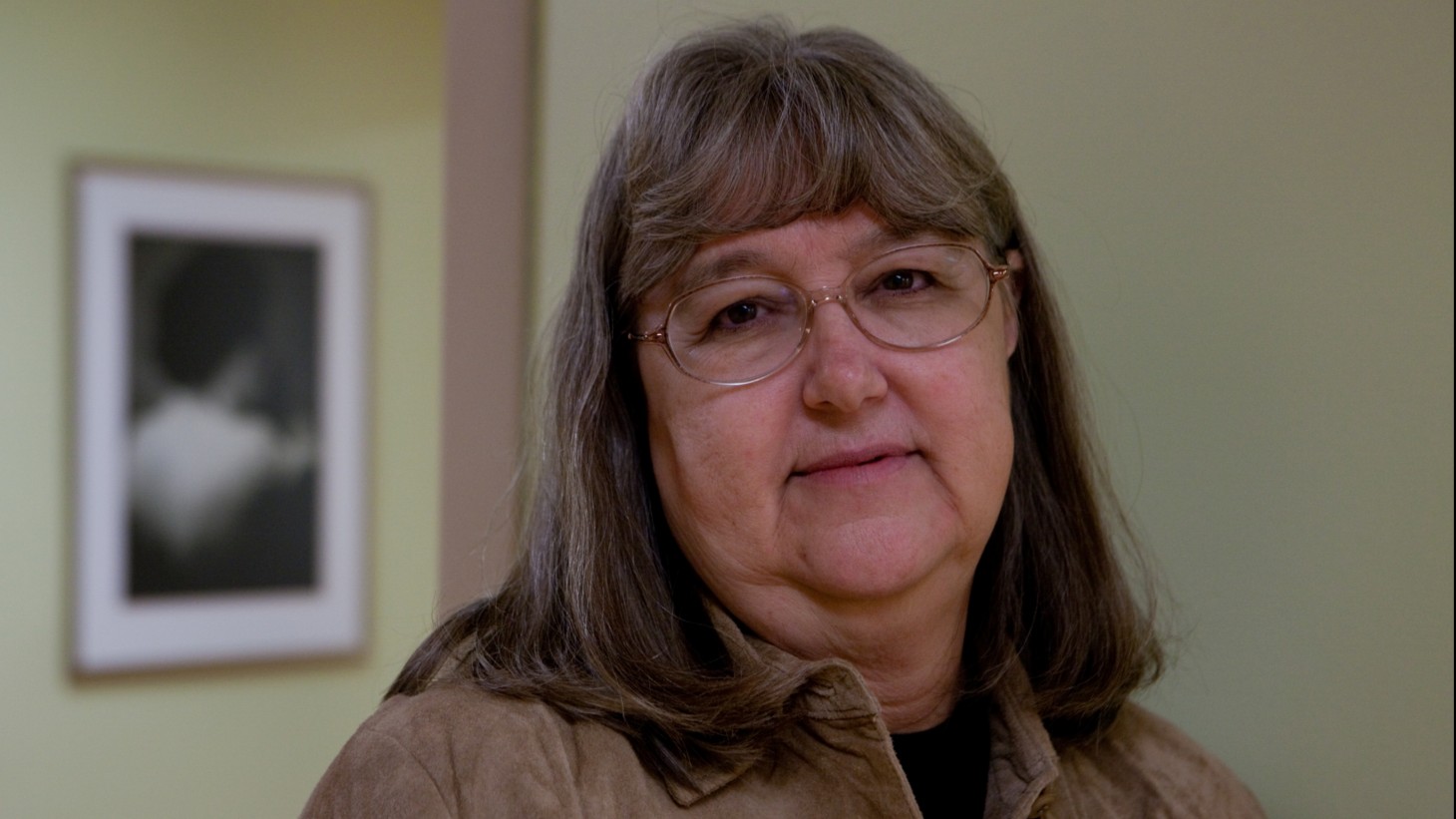HANK Spring 2012
Fontana NICU Opens the Door to Service, 24-7

Management co-lead Annette Adams
Letting new families be together any time of day
For nearly a year now, the Neonatal Intensive Care unit at the Fontana Medical Center has welcomed parents 24 hours a day, thanks to a unit-based team that put the patients’ needs first.
Since April 5, 2011, parents have been able to stay on the unit with the newest member of the family regardless of the hour and even during shift changes and rounding.
“The belief in family-centered care is put into action here,” says management co-lead Annette Adams, RN. “Nothing should come between parents and babies.”
Team members put themselves in the shoes of the parents whose children are treated on the unit: The distress of having a newborn baby staying anywhere other than right by your side, of having to leave your baby in the hands of strangers, and being told when you could come and see your own child.
Making it better for parents
Keeping the service point on the Value Compass in mind, the team looked inward to tackle the problem of concerned parents lacking 24-hour access to the unit.
The UBT began by researching what it takes to have successful open visitation in the NICU and what the benefits are for members and patients. The team found that many NICUs were not truly open to parents 24 hours a day, as parents were asked to leave during change-of-shift reports and physician rounds.
The UBT concentrated on how to make sure parents could remain, despite the concerns.
Shift reports are done at the bedside. But the NICU is one big room where anyone can hear anything. Team members researched how to solve this problem by asking how other Los Angeles-area NICUs, such as Cedars-Sinai Medical Center, handle shift reports without compromising privacy.
Involved in shift hand-offs
Not only do parents now get to see their babies whenever they desire, they are also asked to participate when the physicians round and during the change of shift hand-off, which gives them the opportunity to meet the nurse assuming care of their baby.
“The belief that family-centered care is an essential part of each family’s experience was the driving philosophy behind the progressive move in visiting policy,” says Sheila Casteel, RN, the NICU team’s labor co-lead and UNAC/UHCP member.
The representative team members enlisted help from the rest of the unit by introducing the concept through the monthly staff newsletter and giving presentations at staff meetings.
Unit staff members were asked for their ideas about how to overcome barriers—real and perceived. Some of the practices adopted included:
- moving the staff hand-off huddle outside the unit to the conference room
- making the relief and admitting nurse available to answer parent questions during hand-offs
